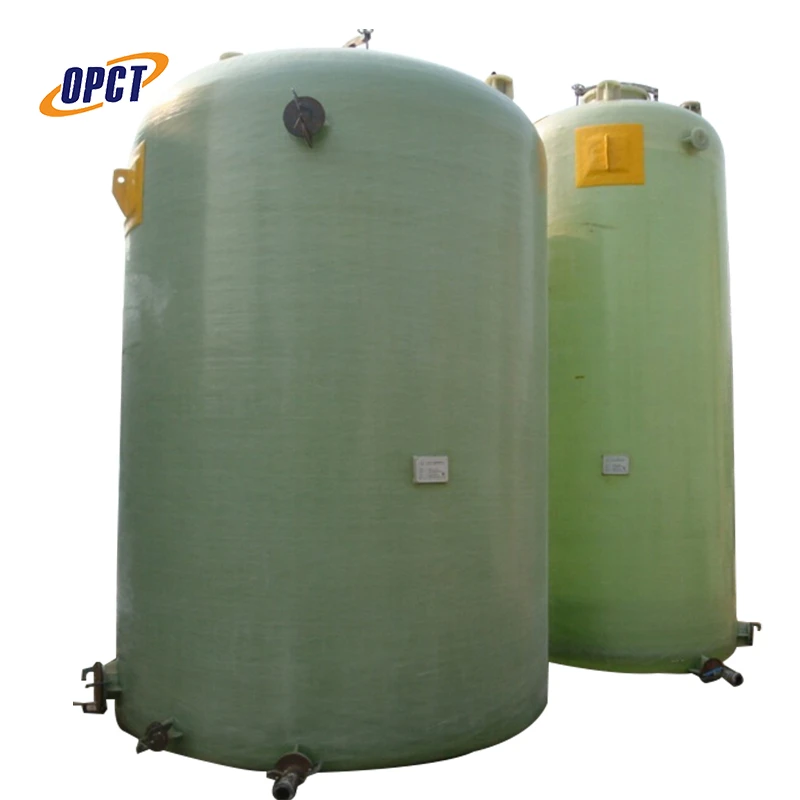


The Significance of GRP Pipes in Modern Infrastructure
Glass Reinforced Plastic (GRP) pipes are becoming increasingly prevalent in various industries due to their unique combination of durability, lightweight nature, and corrosion resistance. As infrastructure requirements evolve to meet the challenges of climate change, urbanization, and increasing population, GRP pipes are emerging as a reliable solution for water distribution, wastewater treatment, and various industrial applications.
Understanding GRP Pipes
GRP pipes are composite materials that consist of a polymer matrix reinforced with glass fibers. This composition grants them exceptional strength-to-weight ratios, making them easy to handle and install compared to traditional materials like concrete or steel. Their manufacturing process involves the careful layering of glass fibers, which are then saturated with a resin, creating a robust and resilient product.
One of the most compelling features of GRP pipes is their resistance to corrosion. Traditional piping materials often suffer from rust, rot, or degradation over time, particularly in aggressive environments. GRP pipes, however, resist chemical and microbiological attacks, making them ideal for use in sewage systems, chemical processing plants, and marine applications where traditional materials would fail.
Applications of GRP Pipes
The applications of GRP pipes are diverse, reflecting their adaptability and performance.
1. Water Supply and Distribution GRP pipes are increasingly used in water supply systems due to their lightweight nature and ease of installation. They can transport potable water, wastewater, and stormwater efficiently. The smooth interior surfaces of GRP pipes also enhance flow rates, reducing energy costs associated with pumping.
2. Wastewater Management In wastewater treatment facilities, the chemical resistance of GRP pipes protects them from the aggressive nature of sewage and effluents. This longevity reduces maintenance costs and extends the lifecycle of the infrastructure, contributing to more sustainable operations.

3. Industrial Applications Many industries benefit from GRP pipes, including oil and gas, where they are used for transporting corrosive fluids. Their lightweight design simplifies handling and reduces transportation costs. Moreover, in agriculture, GRP pipes provide a durable and efficient means of irrigation.
4. Marine Environments In marine applications, GRP pipes excel due to their buoyancy and resistance to saltwater corrosion. They are commonly used for drainage, sewage discharge, and even underwater piping systems, providing a long-lasting solution in challenging conditions.
Environmental Benefits
The environmental benefits of GRP pipes are noteworthy. Their longevity reduces the need for frequent replacements, lowering the overall consumption of materials and energy in the long run. Additionally, their lightweight design contributes to lower transportation emissions during installation. GRP pipes can also be manufactured with recycled materials, further enhancing their sustainability profile.
Furthermore, as urbanization continues to increase, the demand for sustainable infrastructure becomes more critical. The use of GRP pipes supports the development of smart cities by ensuring efficient water management systems capable of adapting to a growing population.
Challenges and Considerations
Despite their many advantages, the adoption of GRP pipes is not without challenges. Their initial cost can be higher than that of traditional materials, which may deter some projects, particularly smaller-scale ones with limited budgets. Additionally, proper installation practices are essential to ensure the integrity and performance of GRP pipes. As with any material, poor handling or installation can lead to failures that compromise the systems they serve.
Conclusion
In conclusion, GRP pipes represent a significant advancement in the realm of infrastructure materials. Their combination of strength, lightweight properties, and resistance to corrosion makes them a superior choice for many applications. As industries increasingly focus on sustainable solutions, the role of GRP pipes will likely become even more pronounced. By investing in this innovative technology, cities and industries can enhance their water management systems and contribute to a more sustainable future. As we face the challenges of modern infrastructure, GRP pipes stand out as a versatile and effective solution.